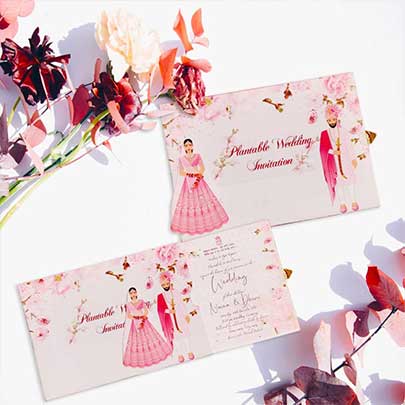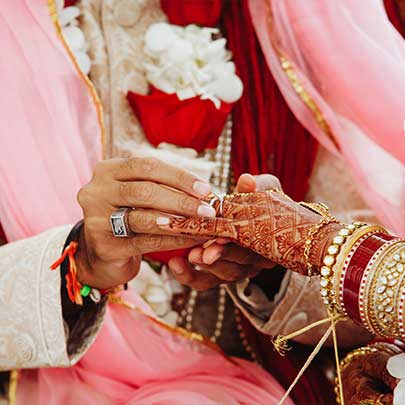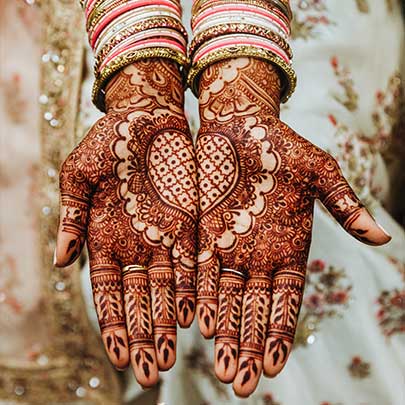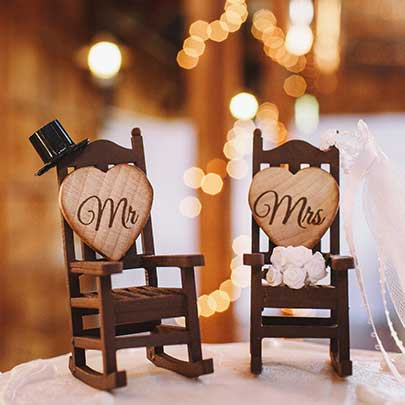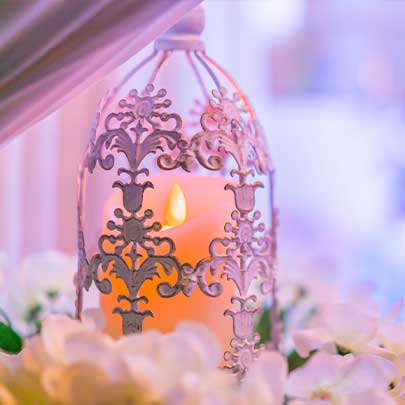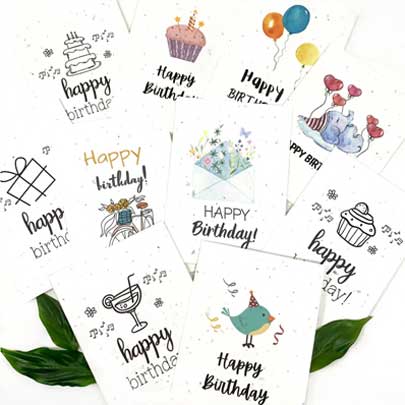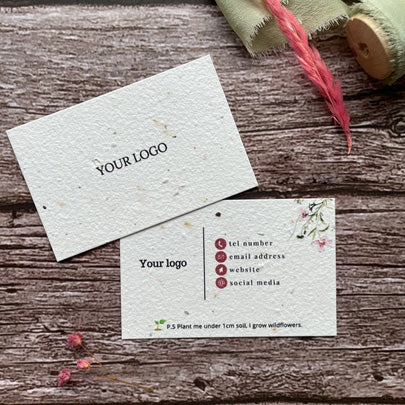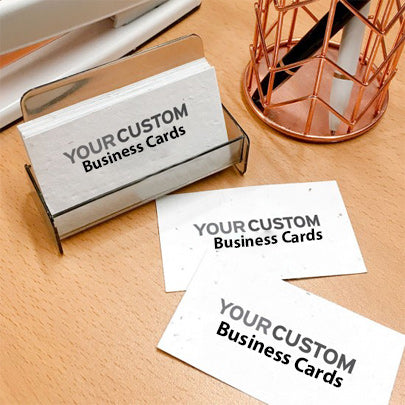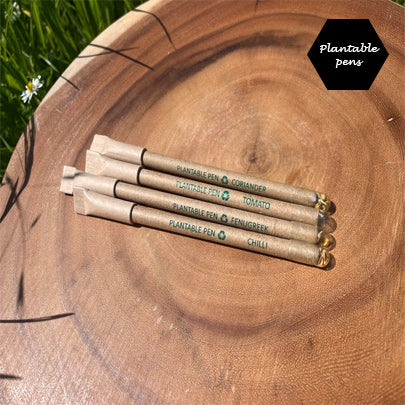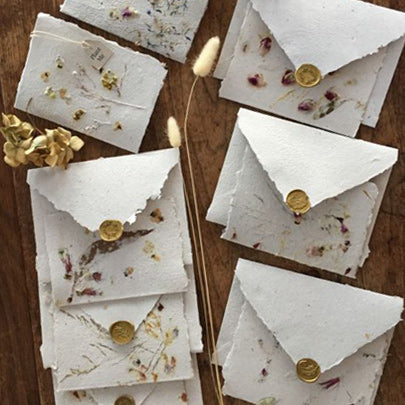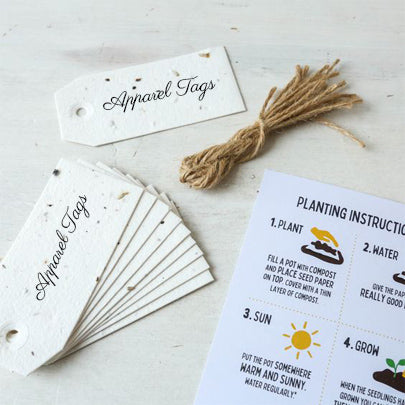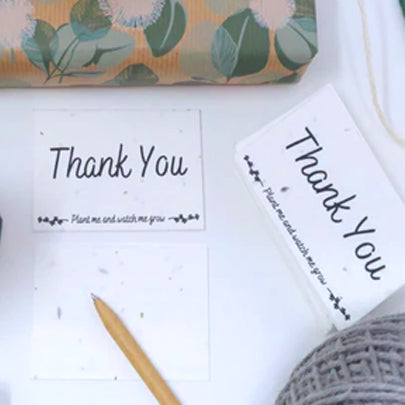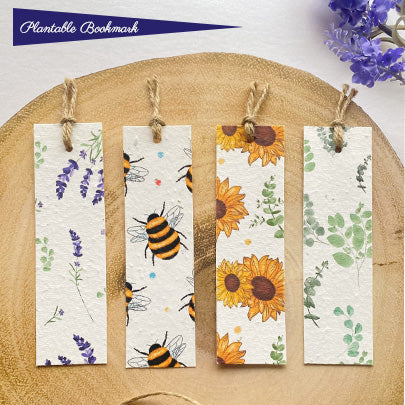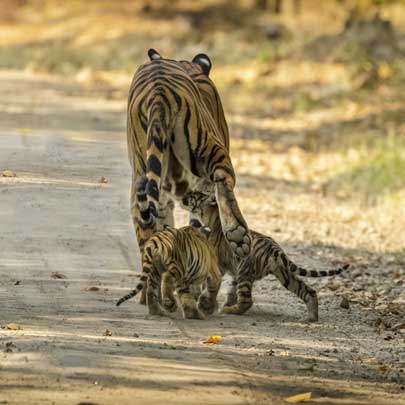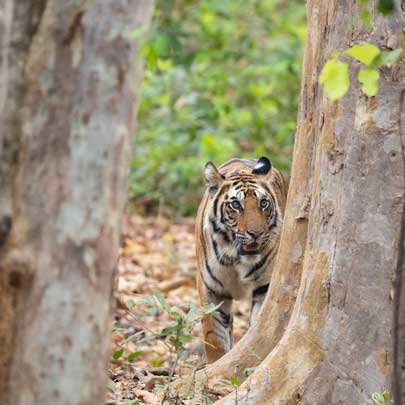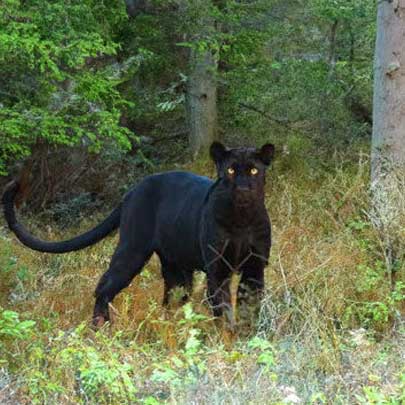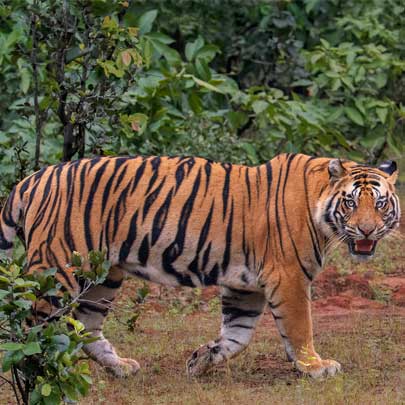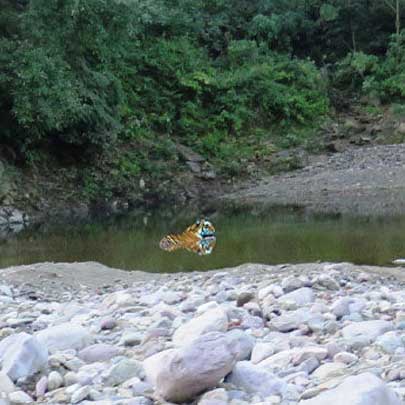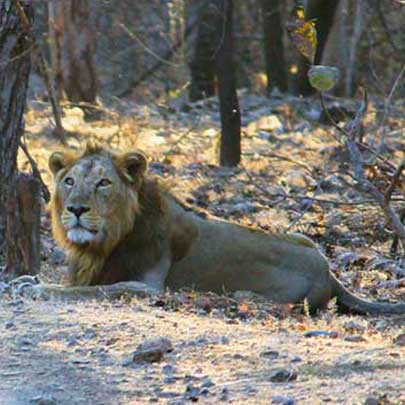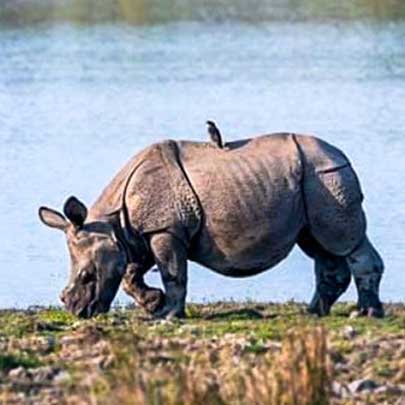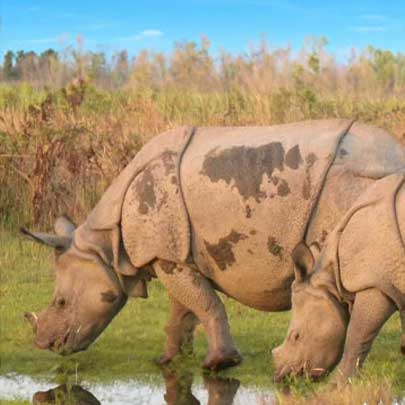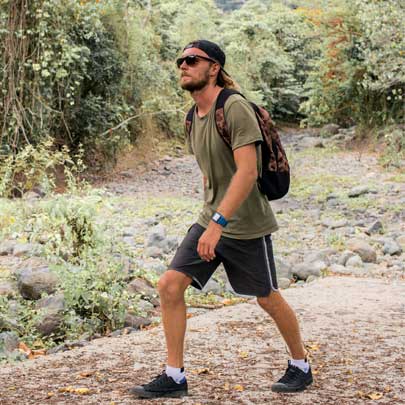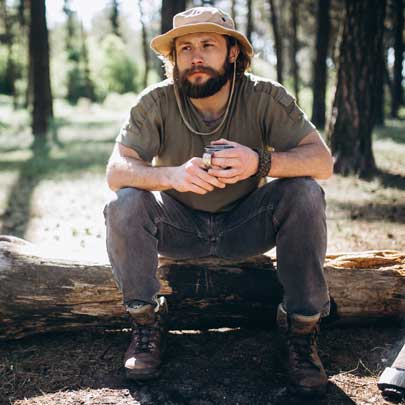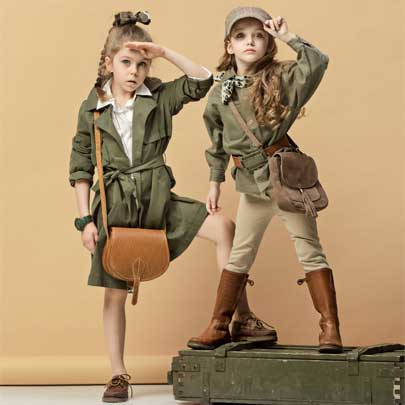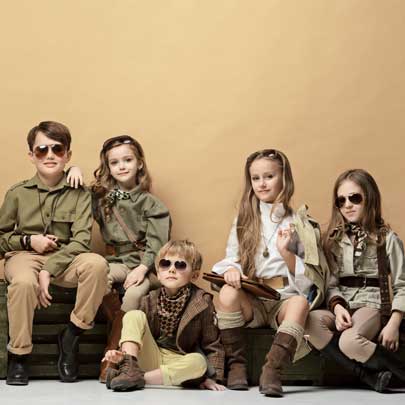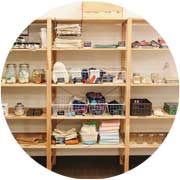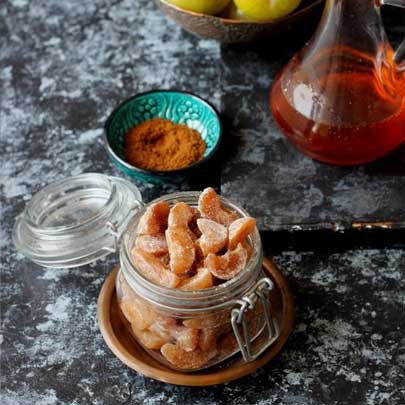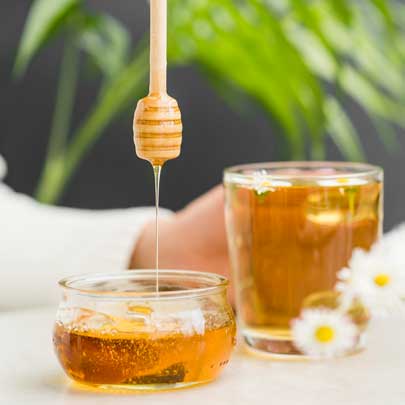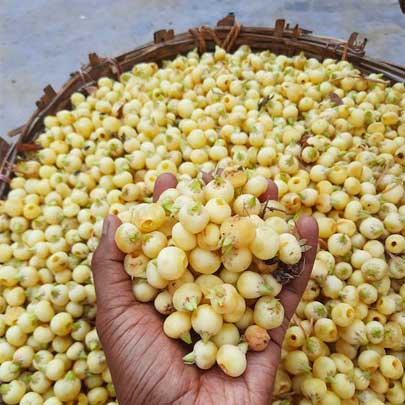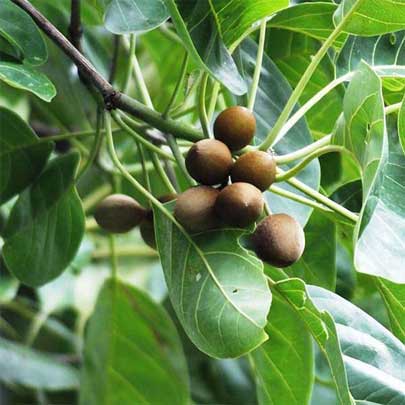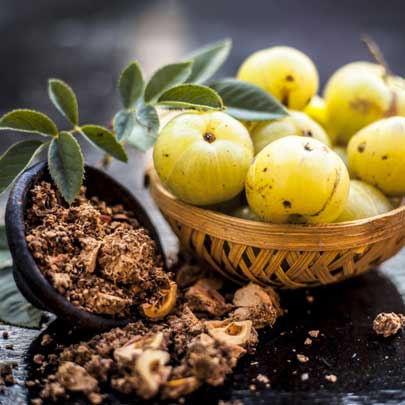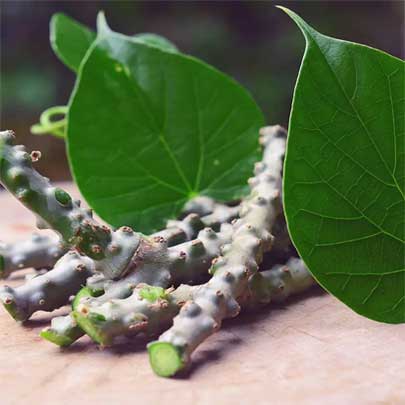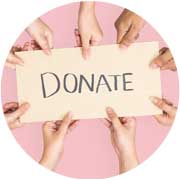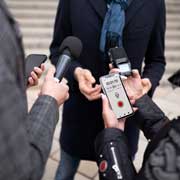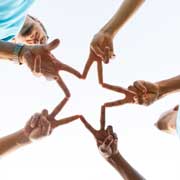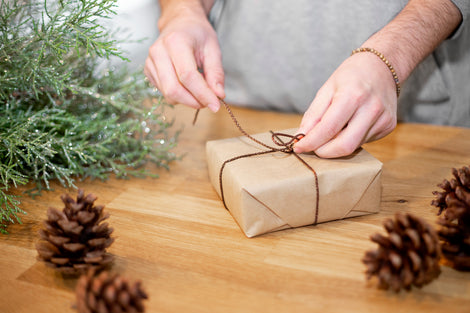Plantable Packaging vs. Traditional Recycling: Which Wins?
Plantable Packaging vs. Traditional
Recycling: Which Wins?
As sustainability becomes a priority for businesses and consumers alike, the spotlight is on packaging. Two innovative solutions are gaining traction: plantable packaging and traditional recycling. Both aim to reduce waste and protect the environment, but they work in very different ways. Which one is better for the planet, your brand, and your lifestyle? Let’s dive deep into this comparison and find out.
What Is Plantable Packaging?

Plantable packaging is an eco-friendly packaging material embedded with seeds that sprout when planted in soil. It’s usually made from post-consumer recycled paper, agricultural waste, or biodegradable fibers such as hemp and cotton.
After use, instead of throwing it away, you can plant the packaging in your garden or a pot, water it, and watch herbs, vegetables, or flowers grow.
Benefits of Plantable Packaging
-
Zero Waste Solution: Instead of ending up in landfills, the packaging decomposes and nourishes the soil.
-
Promotes Biodiversity: Seed paper packaging supports pollinators and green spaces.
-
Brand Storytelling: Businesses using plantable materials send a powerful sustainability message to eco-conscious customers.
-
Compostable and Biodegradable: Plantable boxes and bags break down naturally without toxic residues.
Popular products include seed paper business cards, plantable gift wrap, and eco-friendly boxes for cosmetics, jewelry, or organic foods.
What Is Traditional Recycling?
Traditional recycling involves collecting, sorting, and processing used materials like paper, cardboard, plastic, glass, and metal to create new products. It’s been a cornerstone of the circular economy for decades.
Recycling prevents valuable resources from ending up in landfills and reduces the demand for virgin raw materials.
Benefits of Recycling
-
Resource Conservation: Recycling paper saves trees and water, while recycling metals reduces mining.
-
Energy Efficiency: Creating products from recycled materials often consumes less energy than manufacturing from scratch.
-
Established Infrastructure: Most cities already have curbside collection, drop-off points, or recycling centers.
However, the recycling system faces challenges, such as contamination, high processing costs, and limited capacity for certain plastics.
Comparing Environmental Impact
When evaluating plantable packaging vs. recycling, consider these key environmental factors:
| Aspect | Plantable Packaging | Traditional Recycling |
|---|---|---|
| End-of-Life Impact | Completely biodegradable; enriches soil | Depends on material type; some items still end up in landfills |
| Carbon Footprint | Lower if locally produced | Varies depending on collection and processing |
| Waste Diversion | Prevents waste entirely by becoming plants | Reduces landfill waste but depends on correct sorting |
| Water & Energy Use | Minimal if handmade or small-batch | Recycling plants consume significant energy and water |
Plantable packaging tends to be zero-waste and regenerative, while recycling focuses on reusing existing resources. Both reduce the burden on the environment compared to single-use plastics.
Cost and Scalability
-
Plantable Packaging: Currently more expensive due to artisanal production and limited large-scale suppliers. However, demand is driving innovation and lowering costs.
-
Recycling: Cost-effective for widely used materials like aluminum and paper, but complex plastics can be costly to recycle.
For large businesses, recycling may offer scalability, while plantable packaging is ideal for premium or niche products that value sustainability storytelling.
Consumer Experience
One of the biggest advantages of plantable packaging is its interactive experience. Customers love packaging they can plant and nurture, creating a memorable connection with your brand.
Recycling, on the other hand, is passive: you toss the item into the correct bin and hope it’s processed correctly. While convenient, it lacks the personal engagement that plantable materials provide.
Challenges to Consider
Plantable Packaging
-
Not suitable for products requiring moisture barriers or airtight sealing.
-
Limited shelf life if stored in humid conditions.
-
Higher upfront costs for businesses.
Recycling
-
Complex rules (e.g., not all plastics are recyclable).
-
Risk of contamination reduces efficiency.
-
Recycling alone doesn’t eliminate waste; reduction and reuse are still essential.
Real-World Success Stories
Brands worldwide are adopting eco-friendly packaging solutions to meet sustainability goals:
-
Organic skincare companies use seed paper boxes to promote green living.
-
Artisanal coffee roasters sell beans in plantable bags with embedded wildflower seeds.
-
Social enterprises like Wildlense Eco Foundation champion plantable and biodegradable materials to encourage consumers to make conscious choices for wildlife and the planet.
The Role of Wildlense Eco Foundation
The Wildlense Eco Foundation plays a vital role in educating people about eco-friendly alternatives and advocating for sustainable packaging innovations. By promoting plantable packaging, the foundation inspires individuals and businesses to reduce waste, protect biodiversity, and adopt a circular economy mindset.
Their initiatives emphasize the importance of choosing biodegradable and plantable products over single-use plastics, supporting local artisans, and fostering a greener future.
Future Trends in Sustainable Packaging
As environmental awareness grows, expect to see:
-
Hybrid solutions: Packaging that is both recyclable and plantable.
-
Smart labeling: Clear instructions for consumers on whether to plant, compost, or recycle.
-
Policy support: Governments encouraging compostable and plantable packaging through subsidies or tax breaks.
-
Technological advances: Cost-effective production methods for large-scale plantable packaging.
Conclusion: Which Wins?
There’s no one-size-fits-all winner in the plantable packaging vs. recycling debate.
-
For brands wanting to create an unforgettable customer experience and contribute to biodiversity, plantable packaging offers unique value.
-
For large-scale waste management and resource recovery, traditional recycling remains indispensable.
The best approach is to combine both: reduce single-use waste, choose plantable and biodegradable options where possible, and support robust recycling systems for materials that cannot be composted or planted.
By embracing innovative solutions and supporting organizations like Wildlense Eco Foundation, businesses and individuals can work together toward a truly sustainable, zero-waste future.





